
08 Aug Book Reviews: why reading is important to a child’s success in life
Reading to kids and getting them to read more is extremely important, even if it’s only for 10 minutes a day! Numerous studies have consistently shown that 10 minutes of exposure to reading materials each day is all that’s needed to positively shape your child’s future.
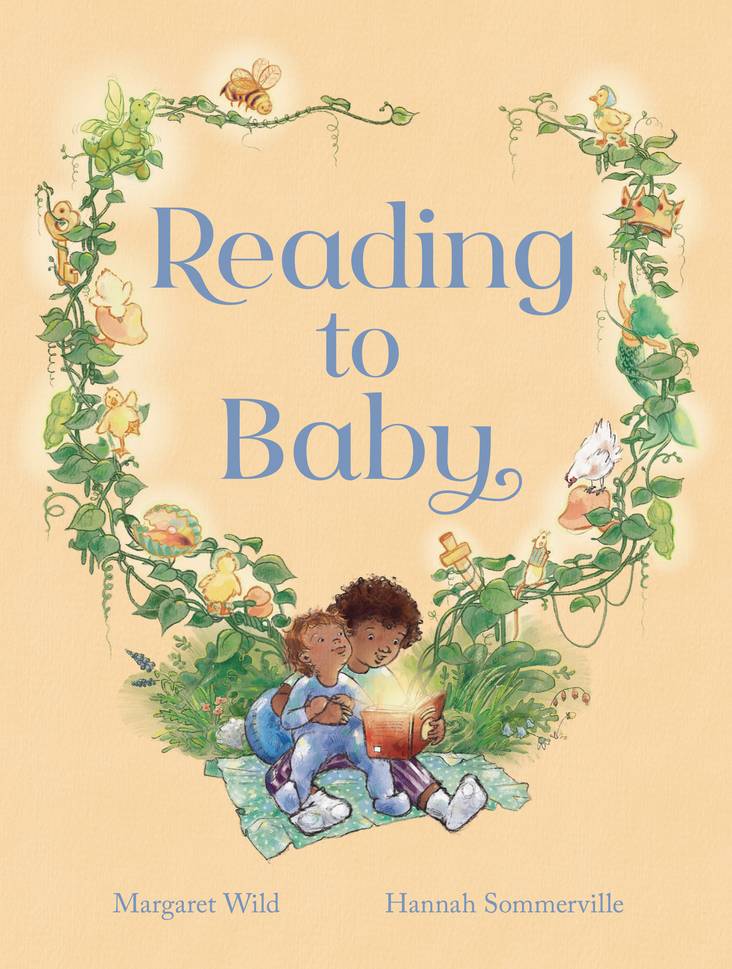 Reading to Baby
Reading to Baby
by Margaret Wild, illus. by Hannah Sommerville, pub. Affirm Press h/b RRP$24.99 Ages 3+
Reading to Baby is from bestselling and award-winning author Margaret Wild and illustrator Hannah Sommerville. It’s a beautiful, thoughtful story based around a new baby girl whose excited older brothers have their own individual ideas of playing with their sister as she grows up. It’s only brother Peter who reads to her, weaving stories into her imagination through her younger years, all the while building a love of reading for the next generation, her child.
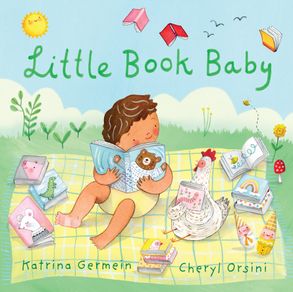 Little Book Baby
Little Book Baby
by Katrina Germein, illus. by Cheryl Orsini, pub. HarperCollins ChildrensBooks h/b RRP$24.99 Ages 0-2+
This baby loves books and looks at books every morning, noon, and night! The adults read to Book Baby all the time, which is a great reminder to parents that reading to kids can really expand their use of words.
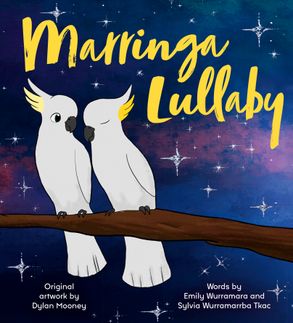
Marringa Lullaby
by Emily Wurramara and Sylvia Wurramarrba Tkac, original artwork by Dylan Mooney, pub. by ABC Books, board-book RRP$12.99 Ages 0-2
Beautiful, simple, solid-colour drawings make this board book easy for a tiny child to look at. The story itself is called Marringa, meaning sleeping in the indigenous Anindilyakwa language. The story illustrates how animals like cockatoos and turtles wind down, ready for the nighttime and sleep. It is perfect to read aloud.
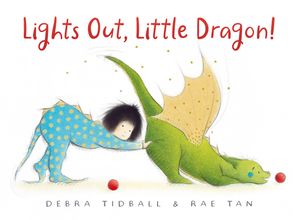 Lights Out Little Dragon
Lights Out Little Dragon
by Debra Tidball, illus. by Rae Tan, pub. HarperCollins ChildrensBooks h/b RRP$24.99 Ages 3+
This is a bedtime story with a twist. It reads from the point of view of the reader trying to help a child go to sleep. He and his dragon are getting organised for bed and going through their regular routine, but the dragon is mischievous and keeps wanting to play (and delay!). It is a delightfully illustrated story that is magical in its telling.
‘My little dragon is so tired, but he won’t go to sleep’. He tries every excuse not to!
The next two books look at children who are anxious about their everyday lives and how they can navigate these little hiccups.
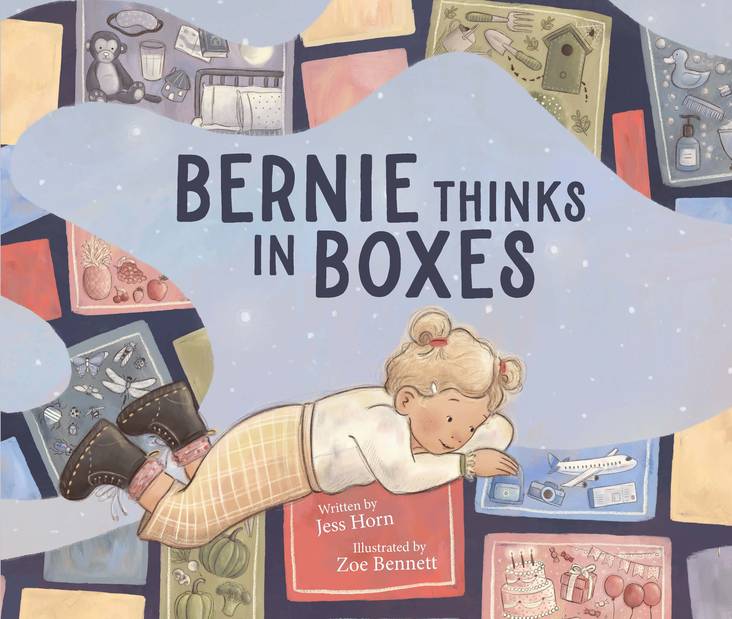 Bernie Thinks in Boxes
Bernie Thinks in Boxes
by Jess Horn, illustrated by Zoe Bennett, pub. Affirm Press, picture book RRP$ 24.99. Ages 4+
Bernie thinks in boxes. She has boxes for everything: for home, for school and even for the park.
Bernie likes boxes. When things fit into boxes, they make sense. But one day, Bernie’s boxes collide, and she must find a way to make sense of her world again. The author herself was diagnosed with Autism but didn’t know it until later in life.
Neurodiversity is better understood these days, and books like this can help small children better understand these differences. Bernie Thinks in Boxes is a useful learning tool for any child who struggles with change and needs a gentle reminder that it is okay to be themselves.
Bernie Thinks in Boxes has been selected for next year’s Victorian government’s Free Prep Bag
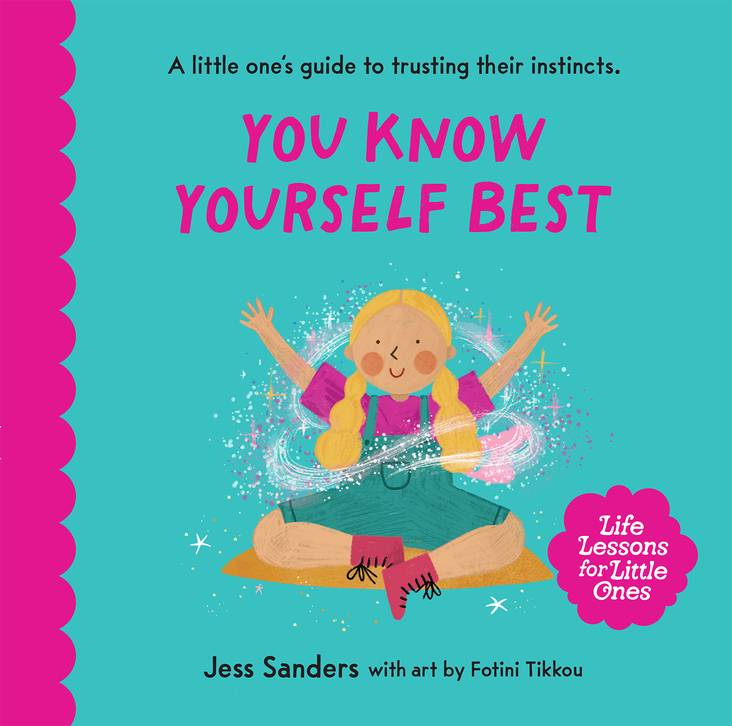 Life Lessons for Little Ones: You Know Yourself Best
Life Lessons for Little Ones: You Know Yourself Best
by Jess Sandars, illus. by Fotini Tikkou, pub. Affirm Press h/b RRP$19.99 Ages 3+
This book should be read to a small child from a point of trust so that they understand the ideas in it. You can discuss with them things like ‘being scared’ and ‘feeling safe’, how these feelings might make them feel, and what they could do in these different situations. It talks about training yourself to feel and understand what your body is telling you when a situation arises that might make you anxious.
This book is for any child who needs a reminder to listen to their body and trust their instincts.
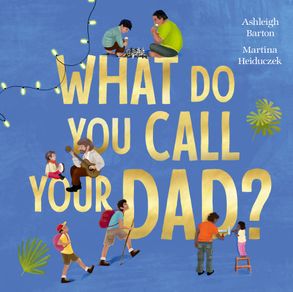 What Do You Call Your Dad?
What Do You Call Your Dad?
by Ashleigh Barton, illus. by Martina Heideuzek, pub. ABC Books h/b RRP$24.99 Ages 3+
Described as a love letter to fathers and families everywhere in the world this delightfully illustrated book shows different dads interacting with a child doing the fun things they both like to do. Each little story-piece about a different dad ends with what the child calls their ‘dad’ in their own language. Uncommon languages such as Nepali, where the word for dad is Bawa, and Nna, a word used for dad in Igboo, a Nigerian-Congo language, are explained in the appendix at the back.
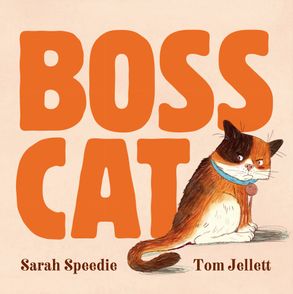 Boss Cat
Boss Cat
by Sarah Speedie, illus.by Tom Jellet, pub. HarperCollins ChildrensBooks h/b RRP$24.99 Ages 3+
This is a hilarious picture book written from a cat’s point of view. An interloper suddenly enters his cosy family life! He is the BOSS, but what’s this? A new dog has arrived to spoil his charmed family life. The interloper even gets to sit on the family couch, taking the cat’s usual ‘spot’. The illustrations are really funny, especially the face of the very put-out cat. There’s fun with the ending as well! A laugh-out-loud book for the family with pets.




